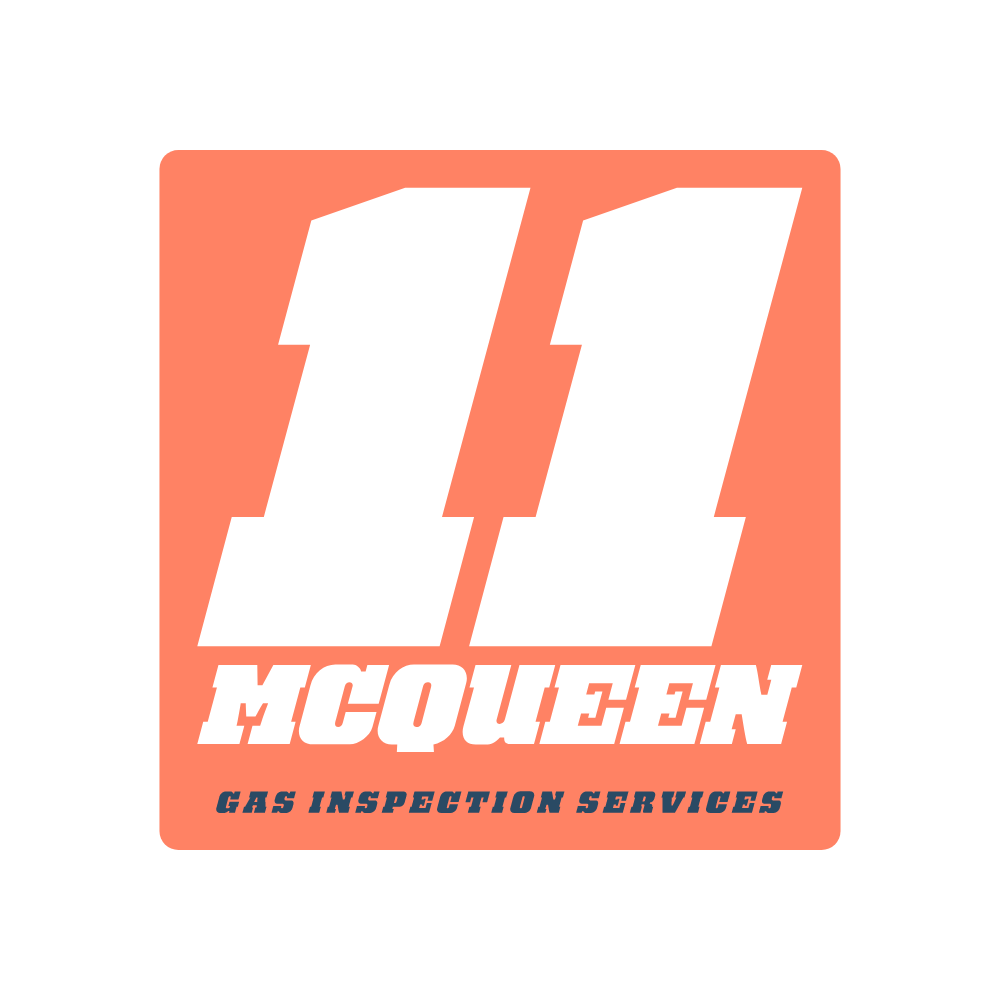
When it comes to building management, workplace operations, or even residential maintenance, gas safety compliance is a non-negotiable responsibility. Gas-powered systems are efficient and reliable, but they can also be dangerous if not properly maintained or regulated.
Unfortunately, many property owners and businesses fall into common mistakes that put both safety and compliance at risk.
Mistake 1: Skipping Regular Inspections
A common problem in gas safety is the failure to conduct routine inspections. Many assume that once a system is installed, it will continue to function safely for years. This misconception often leads to serious hazards.
- Why it’s risky: Leaks, corrosion, and faulty fittings can develop slowly and remain unnoticed until a dangerous situation arises.
- How to avoid it: Schedule annual inspections by certified professionals to ensure compliance with local and national gas safety regulations.
Routine checks not only ensure safety but also extend the lifespan of your gas systems.
Mistake 2: Ignoring Staff or Resident Training
A well-maintained system is only as safe as the people who use it. Many businesses overlook the importance of training employees—or homeowners ignore educating themselves—on basic gas safety practices.
- Why it’s risky: Without knowledge of warning signs such as unusual odors, hissing sounds, or appliance malfunctions, problems may go undetected.
- How to avoid it: Provide training sessions for employees or household members on recognizing hazards and reporting them immediately.
Simple awareness often makes the difference between prevention and costly emergencies.
Mistake 3: Using Unqualified Contractors
Cutting corners on professional services is another major cause of non-compliance. Hiring unlicensed or inexperienced contractors for installation or repair can compromise safety and legal adherence.
- Why it’s risky: Poor workmanship increases the risk of leaks, carbon monoxide poisoning, or non-compliance penalties.
- How to avoid it: Always verify licensing, insurance, and professional certifications. Request references and check reviews before hiring.
Qualified contractors ensure gas safety compliance and reduce liability.
Mistake 4: Neglecting Documentation and Record-Keeping
Compliance isn’t just about proper maintenance; it also requires detailed records of inspections, repairs, and certifications. Many property owners lose track of paperwork or fail to update records after work is done.
- Why it’s risky: Missing documentation can lead to fines, failed audits, or legal complications if an accident occurs.
- How to avoid it: Maintain organized, up-to-date files of all gas safety certificates, inspection reports, and service records.
Well-documented records demonstrate responsibility and compliance during audits or property transactions.

Mistake 5: Delaying Action on Warning Signs
Perhaps the most dangerous mistake is failing to act when there are signs of gas issues. Strange smells, increased utility bills, or inconsistent appliance performance are often overlooked until they escalate into emergencies.
- Why it’s risky: Ignoring small problems allows them to grow into dangerous leaks or system failures.
- How to avoid it: Take all warning signs seriously. Call a licensed contractor immediately if you suspect a leak or malfunction.
Early response reduces risks and keeps your systems operating within compliance standards.
Conclusion
Gas systems are invaluable, but they also require diligent maintenance and oversight to prevent accidents. By avoiding common mistakes like skipping inspections, neglecting training, hiring unqualified contractors, overlooking documentation, or ignoring warning signs, you can ensure full gas safety compliance.

